Security cameras have become ubiquitous in many public and private settings, providing surveillance and security for businesses, organizations, and households. An important question for many security camera owners is whether these devices can effectively see through glass barriers like windows or storefronts.
In this blog post, we'll explore whether security cameras can see through glass, key factors that affect their ability to do so, and some best practices for optimizing their effectiveness.

A Brief Introduction to Security Cameras
First, let's quickly go over what exactly security cameras are and how they work. Security cameras are devices that capture video and still images of a given area under surveillance. They contain image sensors that convert light into electrical signals, using a series of lenses and mirrors to form images. The camera sensor then digitizes these signals into pixels that compose the video or image.
Security cameras come in both visible light and infrared varieties. Visible light cameras rely solely on ambient visible light like sunlight or indoor lighting. Infrared cameras emit their own infrared light, allowing them to see in low-light conditions. We'll explore the differences between these two types more later on.
Can Security Cameras See Through Glass?
Now onto the main question - can security cameras effectively see through glass barriers like windows and storefronts?
The short answer is yes, security cameras can see through glass under the right conditions. This is because glass is a transparent material that allows at least some light to pass through it, whether it's clear or tinted glass. This enables security cameras to form images of what's on the other side.
However, there are many factors that affect just how well a security camera can see through glass. The quality of visibility can vary greatly depending on the specific conditions and type of camera used. We'll cover these key factors in the next section.
Key Factors That Affect Visibility Through Glass
While security cameras can see through glass, several variables impact the quality and effectiveness of their visibility. These include:
- Glass Type - Clear glass allows for better visibility than heavily tinted glass, which blocks more light. Mirrored or reflective glass also obscures visibility.
- Lighting Conditions - The amount of light on each side of the glass impacts how clear the image appears. Low light on one side can create high contrast that cameras struggle with.
- Camera Resolution - Higher resolution cameras render more detail at distance and through obstructions like glass. Minimum 1080p is recommended.
- Distance from Glass - The further the camera is positioned from the glass, the lower the visibility and image detail.
- Camera Angle - Cameras positioned straight on to the glass surface get less glare and reflections. Angled views must contend with these artifacts.
- Reflections - Sunlight or indoor light reflecting off the glass creates glare that reduces visibility. Lights positioned behind the camera cause the worst backscatter.
Proper positioning, settings, and lighting are key to enabling security cameras to effectively see through glass barriers. Next we'll examine the differences between visible light and infrared cameras in more detail.

Visible Light vs. Infrared Security Cameras
There are key differences in how visible light and infrared security cameras are able to see through glass:
Visible Light Cameras
- Rely solely on ambient visible light like sunlight or indoor lighting.
- Can see through clear glass in the right conditions, but are impacted by glare and reflections.
- Performance heavily depends on having adequate lighting on both sides of the glass. They do not work in darkness.
Infrared Cameras
- Emit infrared light, enabling them to see in low-light conditions.
- Can see through glass even in darkness, but may be limited by heavily tinted glass that blocks infrared wavelengths.
- Mitigate issues like inadequate lighting on one side of the glass that impact visible cameras.
In summary, infrared cameras generally perform better than visible light cameras when seeing through glass barriers, especially in low-light conditions. But there are some applications where visible light cameras may still be suitable.
Practical Applications of Security Cameras & Glass
There are many practical applications where using security cameras to see through glass, like windows or storefronts, can provide surveillance benefits:
- Retail Security - Monitor customer activity and prevent shoplifting.
- Home Security - Keep watch over entry points like doors and windows.
- Vehicle Security - Observe any suspicious activity around parked vehicles.
- Warehouse Monitoring - Oversee operations and prevent inventory theft.
For these use cases, properly positioned infrared cameras generally provide the most reliable visibility through glass with minimal glare, reflections, and lighting inconsistencies.
Legal & Privacy Considerations
While security cameras can provide valuable monitoring through glass, there are also legal and privacy considerations to keep in mind:
- Certain privacy laws may prohibit recording through glass without consent in private spaces.
- Ethically, non-consenting individuals have an expectation of privacy inside their home or vehicle.
- Always research laws in your jurisdiction and post signage if recording video through glass in public settings.
- Take precautions like positioning cameras to only cover necessary areas and avoiding private spaces.
Tips for Optimizing Security Camera Visibility
Here are some best practices for maximizing a security camera's ability to see clearly through glass:
- Use high resolution cameras (4K if possible) for clarity at distance.
- Position cameras as close to the glass as feasible to see details.
- Angle cameras directly at the glass to avoid reflections and glare.
- Use a combination of visible and infrared cameras for flexibility in all conditions.
- Adjust cameras to optimize the viewing angle and illuminate dark interior spaces.
- Install anti-glare, low emissivity glass when possible to reduce reflections.
Conclusion
Security cameras can be effective at seeing through glass barriers like windows and storefronts, but their performance depends on several environmental, hardware, and positioning factors. When installed correctly, infrared cameras in particular allow surveillance even in low interior lighting conditions with minimal glare.
However, it's important to balance visibility benefits with legal and ethical privacy considerations. With the right camera setup and positioning, security cameras can be a valuable asset for monitoring premises while still respecting privacy.
Further Reading: Can Security Cameras See Inside Cars? ↗
Read More
- Stay Connected and Protected: The Latest Nanny Cam Technology – Noorio Innovations
- How to Prevent Security Cameras from Being Hacked (2023 Update) – Noorio Innovations
- Home Security Camera:An Overview of Laws and Restrictions in the US – Noorio Innovations
- How to Install Security Cameras in Two Story House: 6 Things to Think – Noorio Innovations
- Best Inexpensive Outdoor Security Camera of 2022 – Noorio Innovations
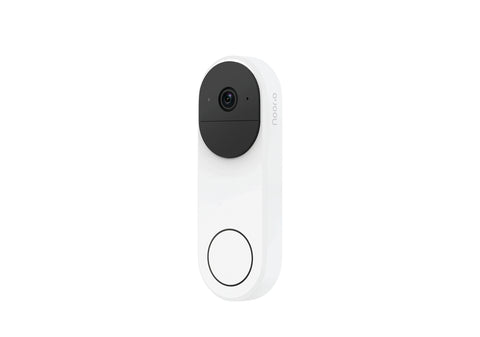
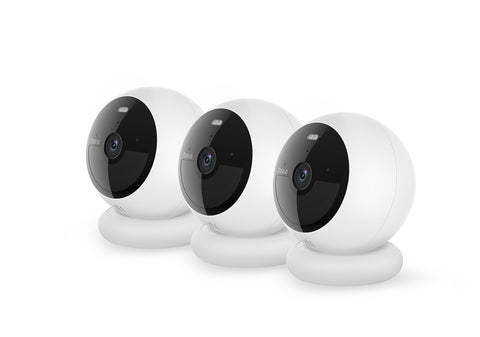
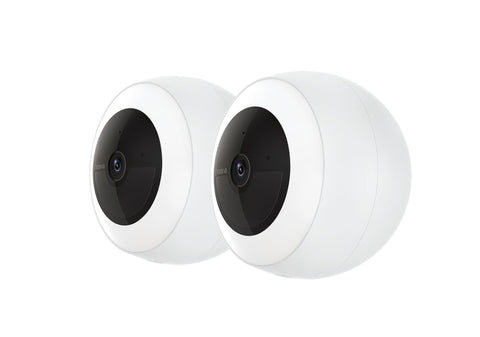
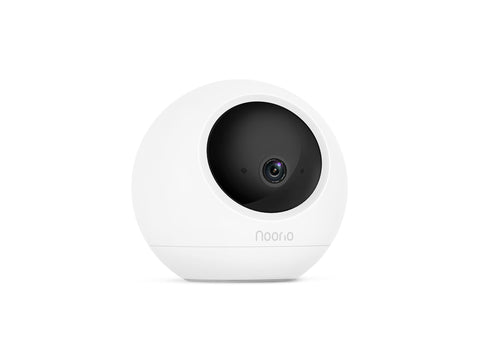
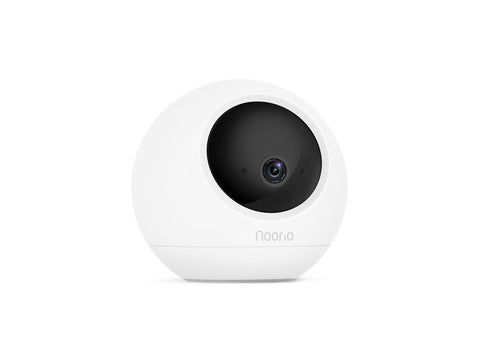







5 commenti
Very nice article, just what I needed.
Good post! We are linking to this great post on our site. Keep up the great writing.
This is really interesting, You are a very skilled blogger.
I’ve joined your feed and look forward to seeking more of your magnificent post.
Also, I’ve shared your web site in my social networks!
What is the price.
Please quote what is the price.and hove to get .details dubmit.